PPT-TOO MUCH OF A GOOD THING:
Author : pamella-moone | Published Date : 2017-08-13
THE PERILS OF OVERINVOLVEMENT Matt Couch PhD Director Student Activities amp Student Life Orientation WHY EXPLORE OVERINVOLVEMENT QUICK LIT REVIEW Astins 1984
Presentation Embed Code
Download Presentation
Download Presentation The PPT/PDF document "TOO MUCH OF A GOOD THING:" is the property of its rightful owner. Permission is granted to download and print the materials on this website for personal, non-commercial use only, and to display it on your personal computer provided you do not modify the materials and that you retain all copyright notices contained in the materials. By downloading content from our website, you accept the terms of this agreement.
TOO MUCH OF A GOOD THING:: Transcript
Download Rules Of Document
"TOO MUCH OF A GOOD THING:"The content belongs to its owner. You may download and print it for personal use, without modification, and keep all copyright notices. By downloading, you agree to these terms.
Related Documents


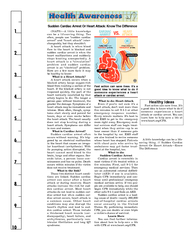
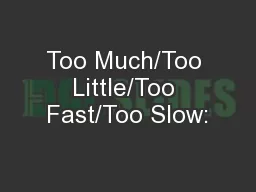



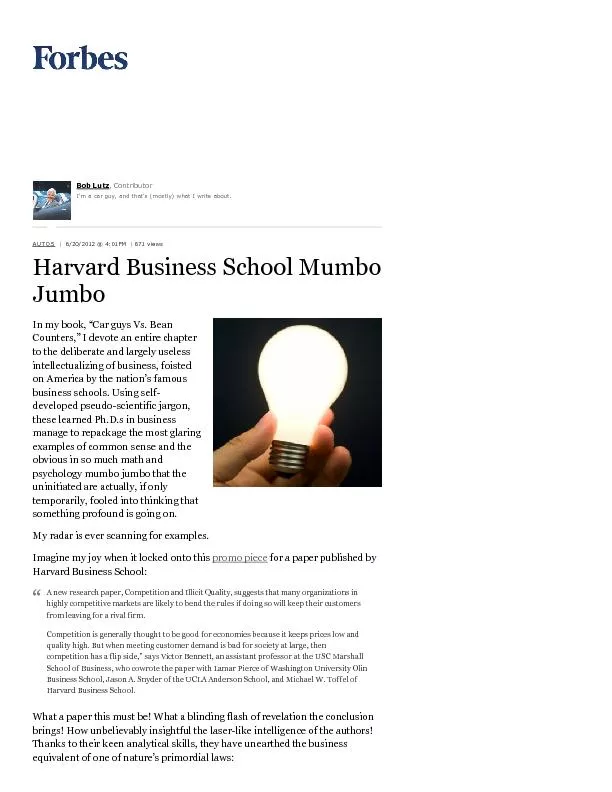


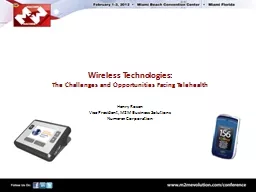
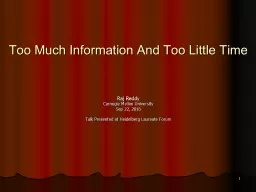


![[EBOOK] - Going Broke by Degree: Why College Costs Too Much](https://thumbs.docslides.com/905875/ebook-going-broke-by-degree-why-college-costs-too-much.jpg)